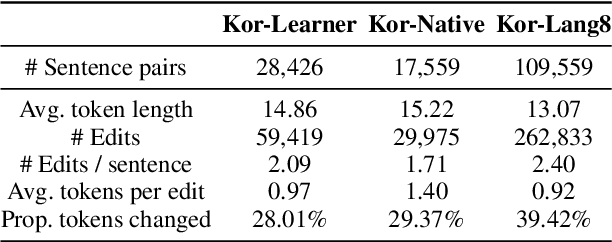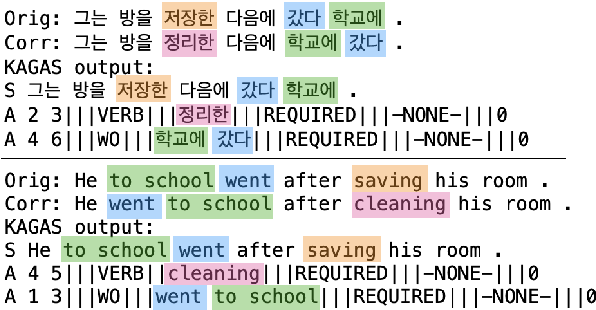Junhee Cho
CAAP: Context-Aware Action Planning Prompting to Solve Computer Tasks with Front-End UI Only
Jun 11, 2024Abstract:Software robots have long been deployed in Robotic Process Automation (RPA) to automate mundane and repetitive computer tasks. The advent of Large Language Models (LLMs) with advanced reasoning capabilities has set the stage for these agents to now undertake more complex and even previously unseen tasks. However, the LLM-based automation techniques in recent literature frequently rely on HTML source codes for input, limiting their application to web environments. Moreover, the information contained in HTML codes is often inaccurate or incomplete, making the agent less reliable for practical applications. We propose an LLM-based agent that functions solely on the basis of screenshots for recognizing environments, while leveraging in-context learning to eliminate the need for collecting large datasets of human demonstration. Our strategy, named Context-Aware Action Planning (CAAP) prompting encourages the agent to meticulously review the context in various angles. Through our proposed methodology, we achieve a success rate of 94.4% on 67~types of MiniWoB++ problems, utilizing only 1.48~demonstrations per problem type. Our method offers the potential for broader applications, especially for tasks that require inter-application coordination on computers or smartphones, showcasing a significant advancement in the field of automation agents. Codes and models are accessible at https://github.com/caap-agent/caap-agent.
Towards standardizing Korean Grammatical Error Correction: Datasets and Annotation
Oct 27, 2022



Abstract:Research on Korean grammatical error correction (GEC) is limited compared to other major languages such as English and Chinese. We attribute this problematic circumstance to the lack of a carefully designed evaluation benchmark for Korean. Thus, in this work, we first collect three datasets from different sources (Kor-Lang8, Kor-Native, and Kor-Learner) to cover a wide range of error types and annotate them using our newly proposed tool called Korean Automatic Grammatical error Annotation System (KAGAS). KAGAS is a carefully designed edit alignment & classification tool that considers the nature of Korean on generating an alignment between a source sentence and a target sentence, and identifies error types on each aligned edit. We also present baseline models fine-tuned over our datasets. We show that the model trained with our datasets significantly outperforms the public statistical GEC system (Hanspell) on a wider range of error types, demonstrating the diversity and usefulness of the datasets.
 Add to Chrome
Add to Chrome Add to Firefox
Add to Firefox Add to Edge
Add to Edge